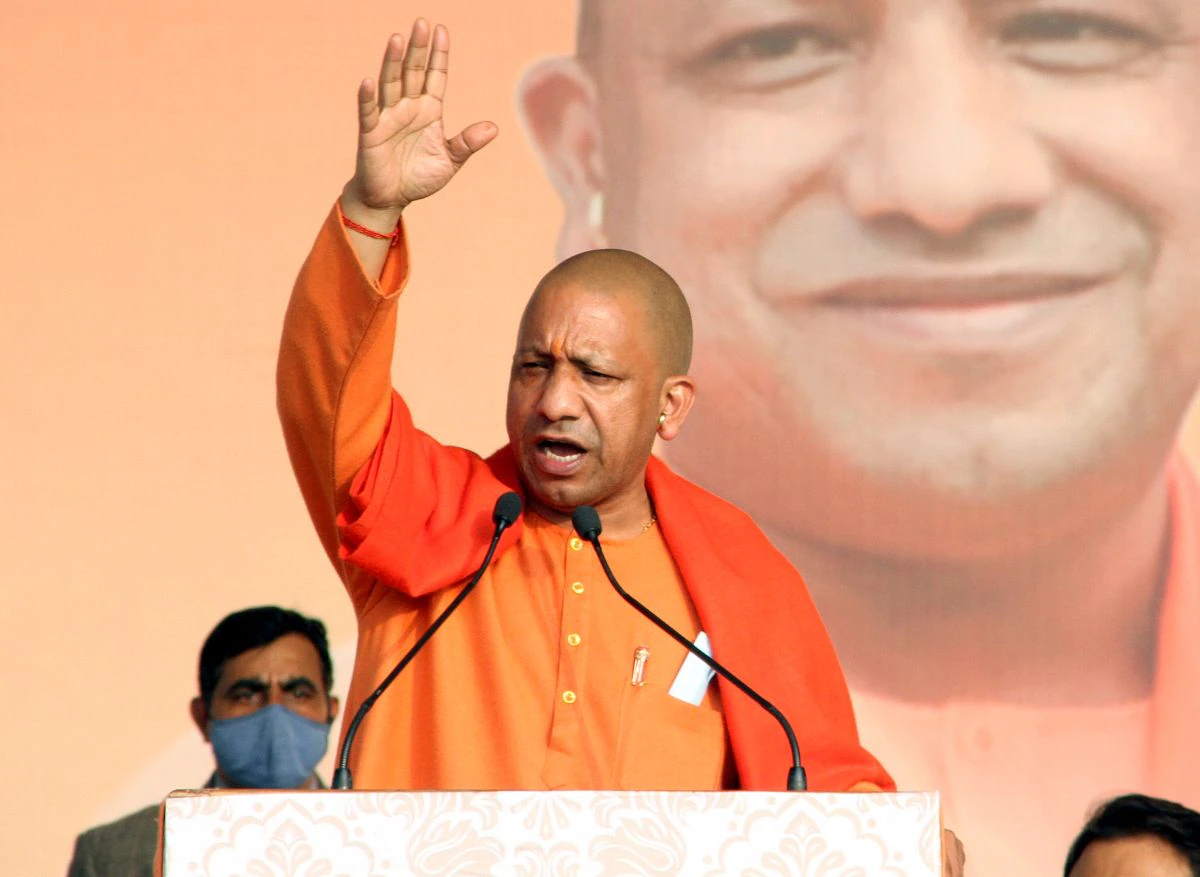When the BJP swept Uttar Pradesh’s state election’s five years ago, it was clearly Narendra Modi’s victory. This time it was also Yogi Adityanath’s victory. UP has denied chief ministers of any party re-election for 37 years. Yogi has bucked the anti-incumbency trend with an increased vote share (from 39.7% to 41.3%) despite very unfavourable conditions — high inflation and unemployment, ravages of Covid and lockdowns, the farmers’ agitation, disruptions caused by demonetisation and GST, and a rising stray cattle menace.
This phenomenal achievement could make Yogi a potential Prime Minister. Uttar Pradesh, India’s biggest state, has historically produced the majority of Indian Prime Ministers. It accounts for 80 of 543 seats in the Lok Sabha, and the proportion will rise after the next delimitation.
In 2017 Yogi was not the leading candidate for chief minister. He had no proven administrative capacity. He was as tough a Hindu nationalist as Modi, so liberals painted him as the epitome of Hindutva. During his rule, critics highlighted communal lynchings, harassment of Muslims through “love jihad” laws and anti-Romeo squads, and police complicity with Hindu vigilantes. Fearful Muslims sought security — in vain — by voting solidly for the Samajwadi Party.
Yet communalism was not the main thrust of the BJP’s election campaign, either in speeches or conversations with party workers. Instead, they stressed reduced corruption, good welfare schemes, and Covid relief measures. The most important was free grain rations of 5 kilos per month per person, which greatly aided those rendered unemployed by Covid. An expanded Awas Yojana increased housing for the poor. The PM Kisan scheme provided cash grants of Rs 2,000. MNREGA was expanded.
Conversations with voters revealed many shortcomings and bribes in these schemes. Critics tend to focus on these schemes. Critics tend to focus on these shortcomings. Yet in a state with a reputation for terrible corruption, inefficiency and nepotism, even flawed schemes were implemented better than under previous chief ministers. Voters have shown their appreciation for Yogi’s improved administration.
Critics highlighted a speech in which Yogi spoke of an 80: 20 battle (meaning Hindus versus Muslims) rather than an 85:15 battle (upper castes versus lower castes). Many critics scrolled through BJP speeches, found one or or two communal phrases, and portrayed these as his key election thrust. This biased analysis blinded them to what really mattered. On being elected Yogi said, “People have buried politics of caste and religion by ensuring victory of BJP.” This does not mean he has reduced his commitment to Hindutva. It does mean that there is much more to Yogi than communalism, and critics have ignored or downplayed many real achievements.
I include myself among the critics falling into this trap. The sheer scale of Yogi’s victory requires a re-assessment. Yogi repeatedly tom-tomed official data on how he had reduced crime, but Opposition parties — and most journalists — dismissed these as fudged. Critics said that the killing of a few hundred gangsters said that the killing of a few hundred gangsters in “encounters” may have helped in some regions but accused him of eliminating mafia connected to Opposition parties while protecting those linked to the BJP. Everybody knows that the police refuse to register many crimes. However, there is no evidence that this problem became worse under Yogi. His victory lends credibility to the official trend of falling crime even if not their absolute level.
Rapes increased from 3,467 in 2014 to a peak of 4,816 in 2016 when the SP ruled, and then declined steadily under Yogi to 2,769 in 2020. Murders declined slightly from 5,150 in 2014 to 4,889 under the SP and fell more sharply under Yogi to 3,779 in 2020. Thefts rose from 48,380 in 2014 to 60,434 in 2017 and then almost halved to 33,250 by 2020.
At a meeting we journalists had with police officers during the campaign at Sonbhadra, one officer described the Yogi era as “a golden age for the police.” He said Yogi had stopped the constant political interference that afflicted police investigations under earlier chief ministers. Yogi instituted a single number that people in distress — like ictims of domestic violence — could dial to get the police to come quickly and save them. This gave the chief minister a good name.
Yogi claimed he put an end to communal riots that scarred the rule of earlier chief ministers. Critics say, correctly, that vigilante attacks on Muslim are like a riot in slow motion. Yet a single riot in the old days could claim more lives than all vigilante attacks put together.
The big picture is that the old “idea of India” has gone under Modi and Yogi.
This article was originally published in The Times of India on March 12, 2022.


